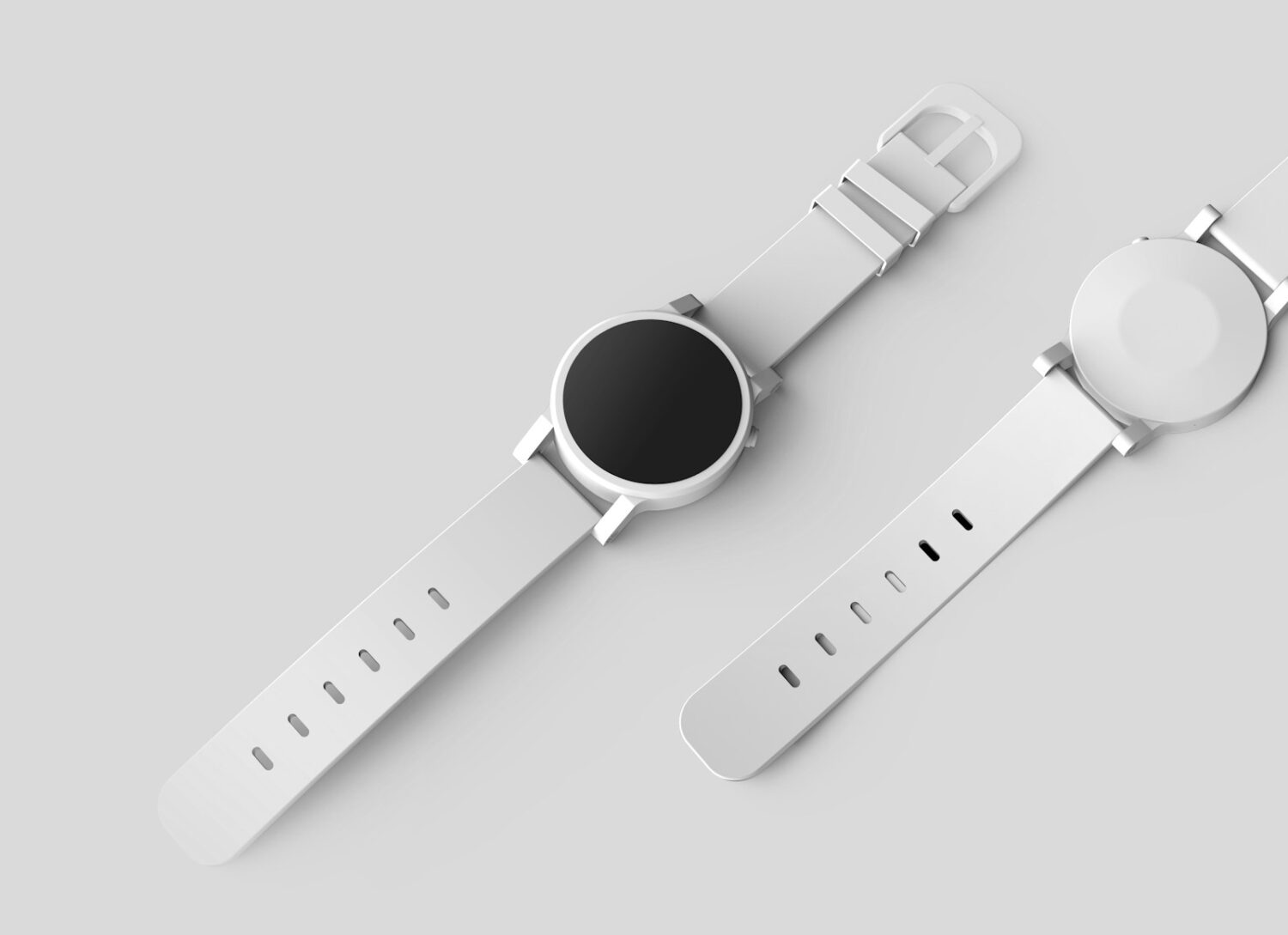The European Union has adopted a transformative set of rules on product liability with its updated Product Liability Directive (PLD), which came into force on December 8, 2024. The changes represent a significant shift in how liability for defective products is addressed, particularly in light of the advent of digital technologies and the growth of global supply chains. EU Member States must integrate these rules into their national legislation by December 9, 2026.
What are the key elements of the new PLD?
The new PLD replaces the 1985 directive and adapts Europe‘s liability framework to meet the needs of the 21st century. The new directive ensures that individuals harmed by defective products, including both traditional items and advanced technology such as artificial intelligence, can seek compensation. The directive modernizes EU rules by focusing on three main objectives:
The new directive is fit for the digital age, expanding liability to include software, AI systems, and digital products.
The new PLD is designed to be adaptable to global supply chains. The directive ensures that victims can claim against EU-based entities, even if the manufacturer is outside the EU.
The new directive offers enhanced protection for victims and greater legal clarity. The directive also aims to streamline court processes, enabling claimants to access evidence proportionate to the case and easing the burden of proof where necessary.
Who is eligible to receive compensation?
The PLD provides compensation for any individual who has been harmed by a defective product, including the owner, bystanders, and family members. Claims may be filed for the following types of damage:
In the event of death or personal injury (including physical and psychological harm), damage to property, or destruction or corruption of data, compensation may be sought. While companies are generally excluded as claimants, some EU countries may provide separate rules allowing businesses to claim compensation for defective products.
Which parties may be held liable?
In the past, liability has typically rested with the manufacturer of the defective product. The new PLD provides that a victim may claim against additional parties where the manufacturer is not based in the EU, such as:
Importers or authorized representatives within the EU
Fulfillment service providers, in the absence of the above entities
Distributors, if no EU-based liable party is identified or fails to respond to information requests within one month
This framework ensures that victims always have recourse to an EU-based party.
Online Platforms Under Scrutiny
The PLD recognizes the growing role of e-commerce and explicitly clarifies the liability of online platforms, such as marketplace operators. In the event that a platform acts in the capacity of a manufacturer, importer, or distributor, they may be held legally responsible. It should be noted that even platforms acting as intermediaries may face liability under specific conditions, as outlined in the Digital Services Act (DSA).
What constitutes a “defective” product?
In accordance with the PLD, a product is considered defective if it fails to meet the requisite safety standards or applicable legal requirements. The directive applies to all types of products, including traditional goods, raw materials, and digital and connected products.
The definition of defectiveness has also been expanded to include software, whether as a standalone product or embedded in devices. This highlights the applicability of the directive to AI systems that evolve over time. To illustrate,
Defects resulting from updates, upgrades, or machine learning features are also covered.Manufacturers may still be held liable for issues that arise after release if the defect existed at deployment.
Modified Products: A New Responsibility
The rules also address the liability for significantly modified products, such as refurbished devices. A party that makes substantial modifications to a product is considered to have created a “new product,” which then falls under the manufacturer’s liability.
In what timeframe must victims submit a claim for compensation?
Claims for compensation for defective products may be made within a 10-year period from the date the product was first made available on the market. In the case of health-related issues, where damage may not be immediately apparent, the period is extended to 25 years. The legal action must be initiated within three years of the claimant becoming aware of the defect and damage.
It is also worth noting that a number of other measures have been introduced with the aim of ensuring transparency and efficiency.
Evidence Disclosure: Both claimants and defendants may request access to evidence necessary for the case, ensuring a level playing field in legal proceedings.Court Transparency: National supreme and appellate courts are required to publish product liability judgments, with an EU-wide database currently in development for public access.
What is the next step?
The new regulations will be officially applicable to products placed on the market as of December 9, 2026. For products launched prior to this date, liability will remain under the 1985 Directive. This transitional period allows manufacturers, online platforms, and other stakeholders to adapt to the new regulations.
source link eu news






















